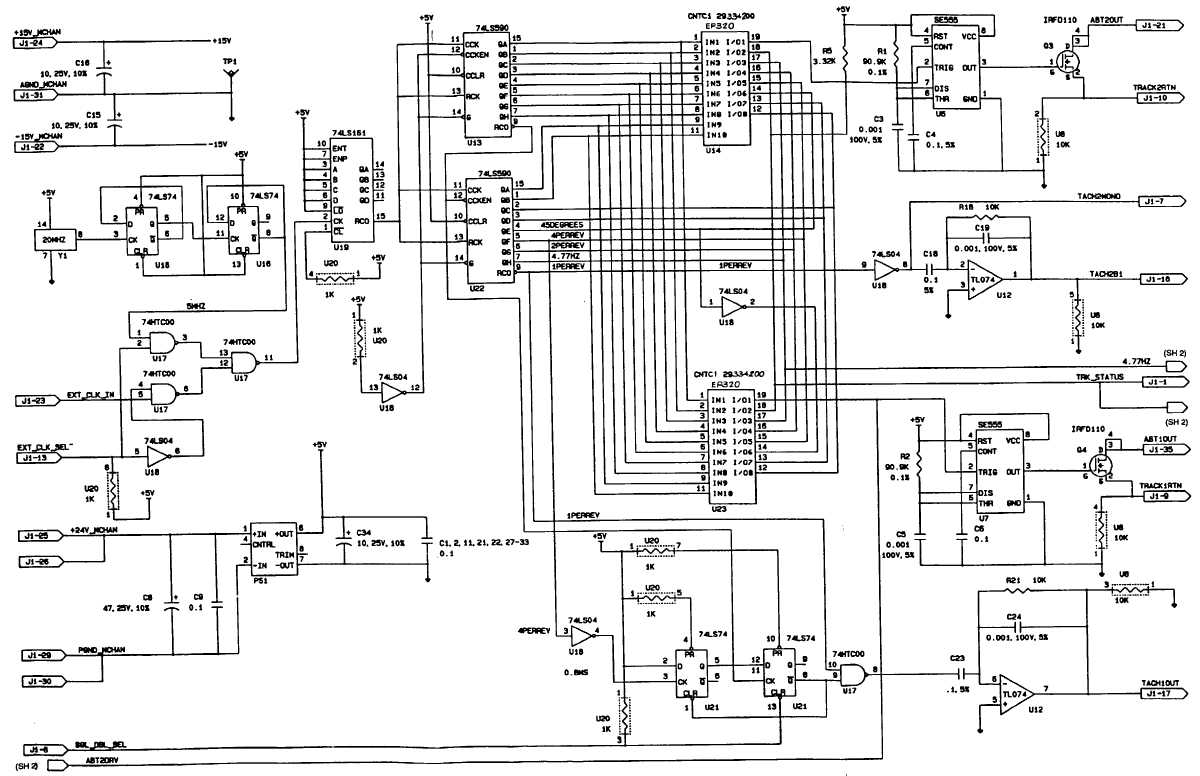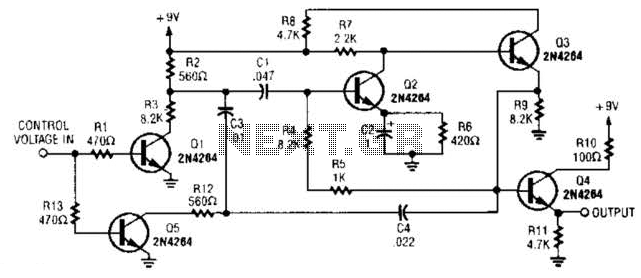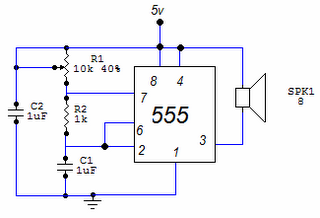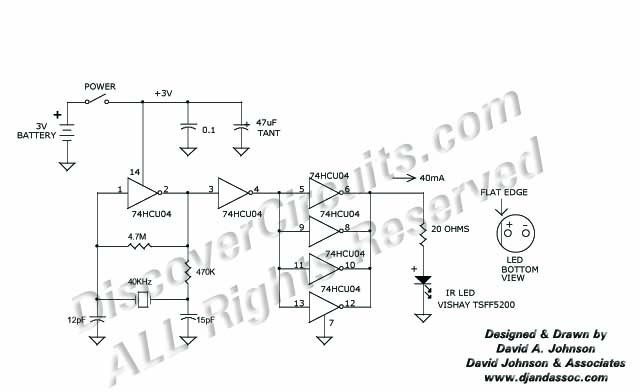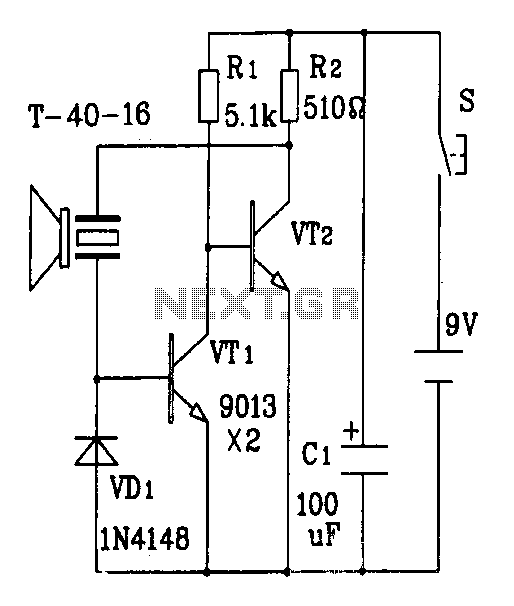
Simple Ultrasonic Wave Generator

An ultrasonic sound wave can be generated using an electronic circuit. This simple electronic circuit can generate an ultrasonic wave with a frequency range of 12 kHz and above.
The electronic circuit designed for generating ultrasonic sound waves typically utilizes an oscillator, which is responsible for producing a high-frequency signal. In this case, the frequency range specified is from 12 kHz and can extend to several hundred kHz, depending on the components used and the desired application.
The core of the circuit often includes a timer IC, such as the 555 timer, configured in astable mode to produce a continuous square wave output. This square wave is then fed into a transistor circuit that acts as a switch, amplifying the signal to drive an ultrasonic transducer. The transducer, often made of piezoelectric materials, converts the electrical signal into mechanical vibrations, producing ultrasonic sound waves.
Additional components may include resistors and capacitors to set the frequency of oscillation and stabilize the circuit's performance. Proper selection of these components is crucial to achieving the desired frequency and ensuring that the output signal is clean and free of distortion.
For applications such as pest control, ultrasonic cleaning, or distance measurement, the characteristics of the generated ultrasonic waves can be tailored by adjusting the circuit parameters. The circuit may also include a variable resistor or potentiometer to allow for fine-tuning of the frequency output.
In summary, this electronic circuit for generating ultrasonic sound waves is a straightforward design that leverages basic electronic components to produce high-frequency sound suitable for a variety of applications.Ultrasonic sound wave can be generated using electronic circuit. This simple electronic circuit can generate an ultrasonic wave with frequency range of 12 to . 🔗 External reference
The electronic circuit designed for generating ultrasonic sound waves typically utilizes an oscillator, which is responsible for producing a high-frequency signal. In this case, the frequency range specified is from 12 kHz and can extend to several hundred kHz, depending on the components used and the desired application.
The core of the circuit often includes a timer IC, such as the 555 timer, configured in astable mode to produce a continuous square wave output. This square wave is then fed into a transistor circuit that acts as a switch, amplifying the signal to drive an ultrasonic transducer. The transducer, often made of piezoelectric materials, converts the electrical signal into mechanical vibrations, producing ultrasonic sound waves.
Additional components may include resistors and capacitors to set the frequency of oscillation and stabilize the circuit's performance. Proper selection of these components is crucial to achieving the desired frequency and ensuring that the output signal is clean and free of distortion.
For applications such as pest control, ultrasonic cleaning, or distance measurement, the characteristics of the generated ultrasonic waves can be tailored by adjusting the circuit parameters. The circuit may also include a variable resistor or potentiometer to allow for fine-tuning of the frequency output.
In summary, this electronic circuit for generating ultrasonic sound waves is a straightforward design that leverages basic electronic components to produce high-frequency sound suitable for a variety of applications.Ultrasonic sound wave can be generated using electronic circuit. This simple electronic circuit can generate an ultrasonic wave with frequency range of 12 to . 🔗 External reference
